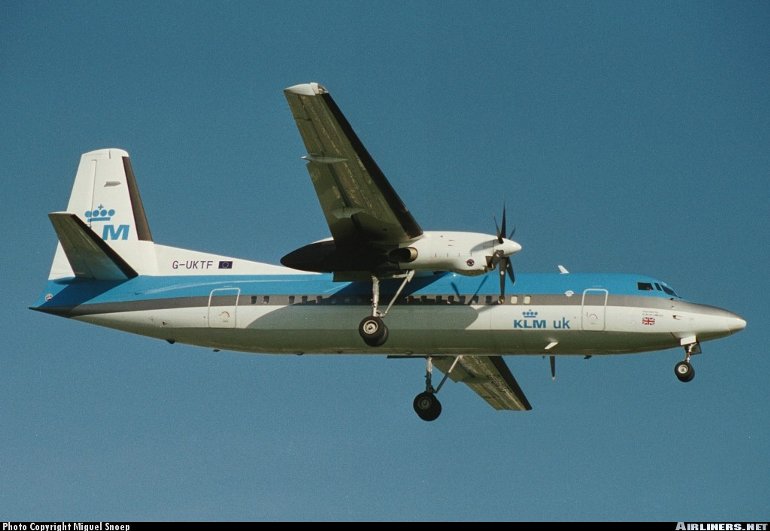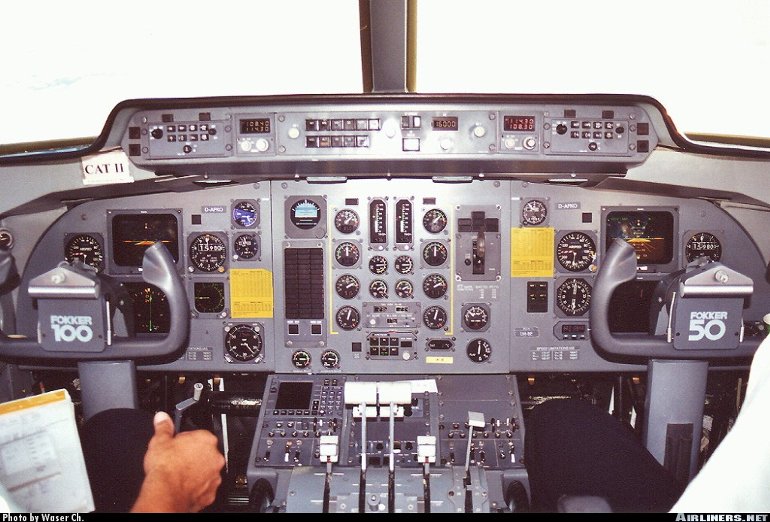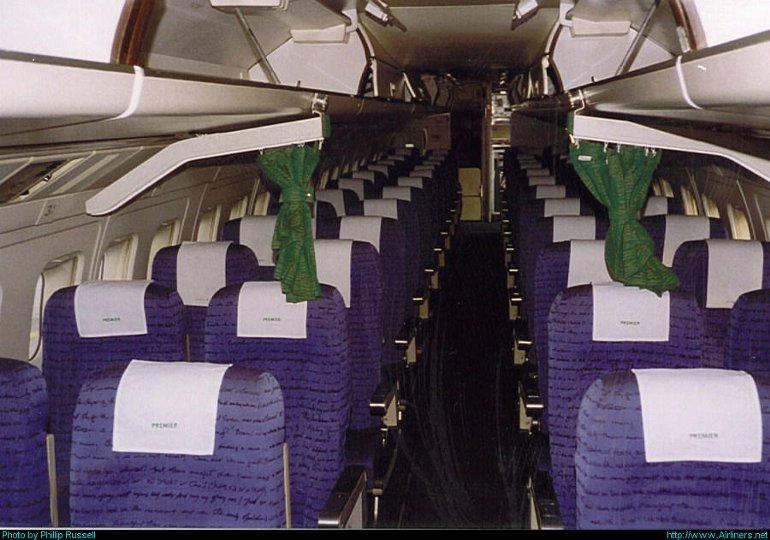Aircraft Technical Data
Fokker 50



| Details | |
| Country of Origin | Netherlands |
| Type | Turboprop regional airliner |
| History | The Fokker 50 was the successor to Fokker's highly successful and long running F-27 Friendship. Fokker announced it was developing the 50 seat Fokker 50, together with the 100 seat jet powered Fokker 100, in November 1983. The Fokker 50 is based on the fuselage of the F-27-500 Friendship, but incorporates a number of key design changes. Foremost of the improvements was the new generation Pratt & Whitney Canada PW125 turboprops driving advanced six blade props, giving a 12% higher cruising speed and greater fuel economy, and thus range. Other improvements include new avionics and an EFIS glass cockpit, limited use of composites, small `Foklet' winglets, and more, squared, main cabin windows. Two prototypes were built based on F-27 airframes (despite the fact that over 80% of Fokker 50 parts are new or modified), the first flying on December 28 1985. The first production aircraft flew on February 13 1987, certification was granted in May 1987, and first customer delivery, to Lufthansa Cityline, was during August that year. The basic Fokker 50 production model is the Series 100. With three, instead of four doors, the Series 100 is designated the Series 120. The hot and high optimised Series 300 has more powerful PW127B turboprops, and was announced in 1990. It has higher cruising speeds and better field performance, particularly at altitude. The only significant development of the Fokker 50 to see the light of day was the Fokker 60 Utility, a stretched utility transport version ordered by the Royal Netherlands Air Force. Fokker built four for the Netherlands air force and looked at offering a passenger variant. The Fokker 60 was stretched by 1.62m (5ft 4in). Fokker collapsed due to financial problems on March 15 1996 and the last Fokker 50 was delivered to Ethiopian Airlines in May 1997. |
| Powerplants | Series 100 - Two 1864kW (2500shp) Pratt & Whitney Canada PW125B turboprops driving six blade Dowty propellers. Series 300 - Two 2050kW (2750shp) PW127Bs. |
| Performance | Series 100 - Max cruising speed 532km/h (287kt), economical cruising speed 454km/h (245kt). Max operating altitude 25,000ft. Range with 50 passengers and reserves 2055km (1110nm), or 2822km (1524nm) for optional high gross weight version. Series 300 - Typical cruising speed 526km/h (284kt). Range with 50 passengers and reserves at high speed cruise 2033km (1097nm), or 3017km (1628nm) for high gross weight option at long range cruise. |
| Weights | Series 100 & 300 - Operating empty 12,520kg (27,602lb), max takeoff 19,950kg (43,980lb), or optionally 20,820kg (45,900lb) |
| Dimensions | Wing span 29.00m (95ft 2in), length 25.25m (82ft 10in), height 8.32m (27ft 4in). Wing area 70.0m2 (753.5sq ft). |
| Capacity | Flightcrew of two. Standard seating for 50 at four abreast and 81cm (32in) pitch. Max high density seating for 58. Available with convertible passenger/freight configurations. |
| Production | 205 Fokker 50s built. Last machine delivered in May 1997. |
| Related Links | Fokker 50 |
The backbone of this section is from the The International Directory of Civil Aircraft by Gerard Frawley and used with permission. To get your own copy of the book click here. |
|








